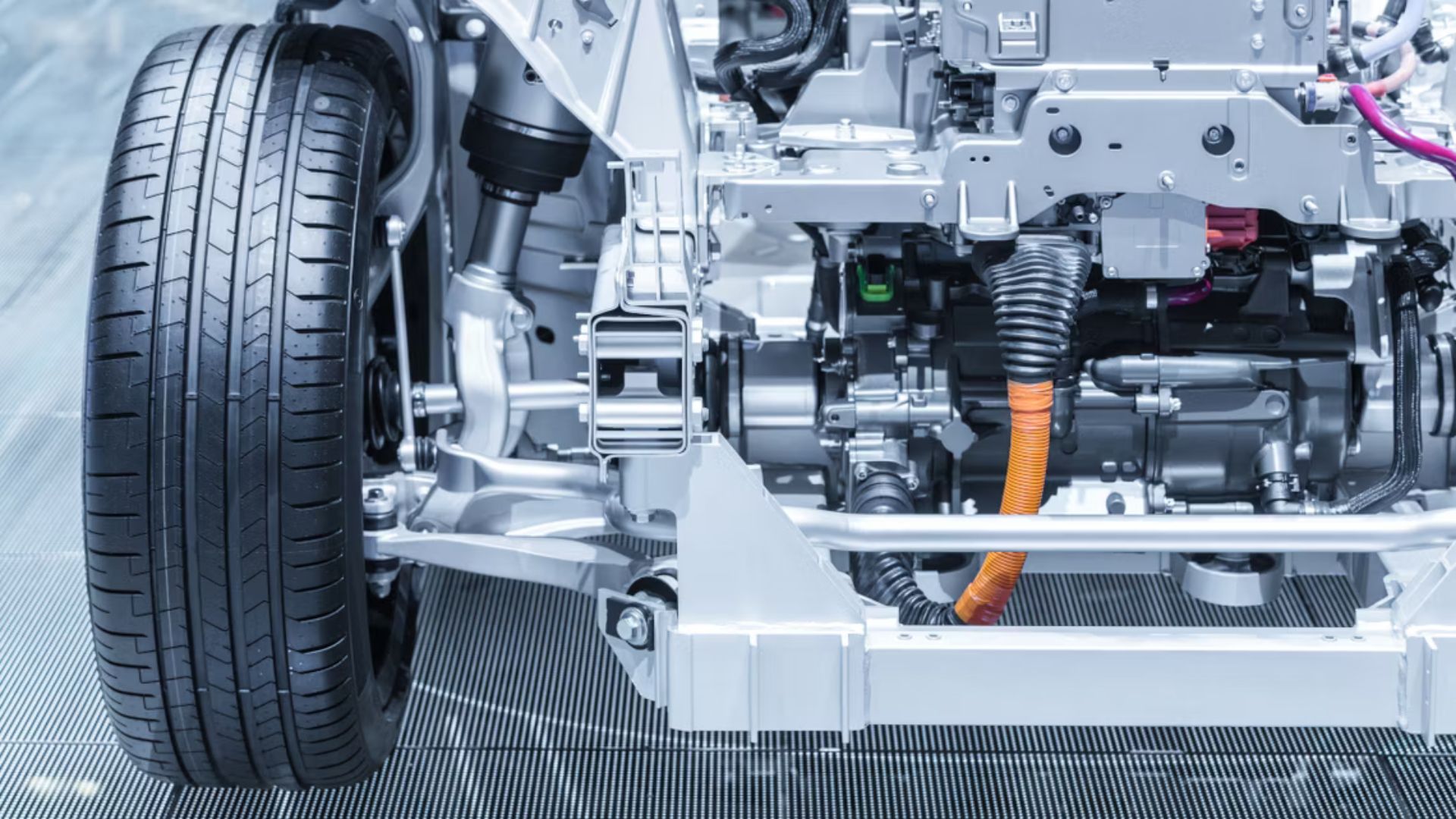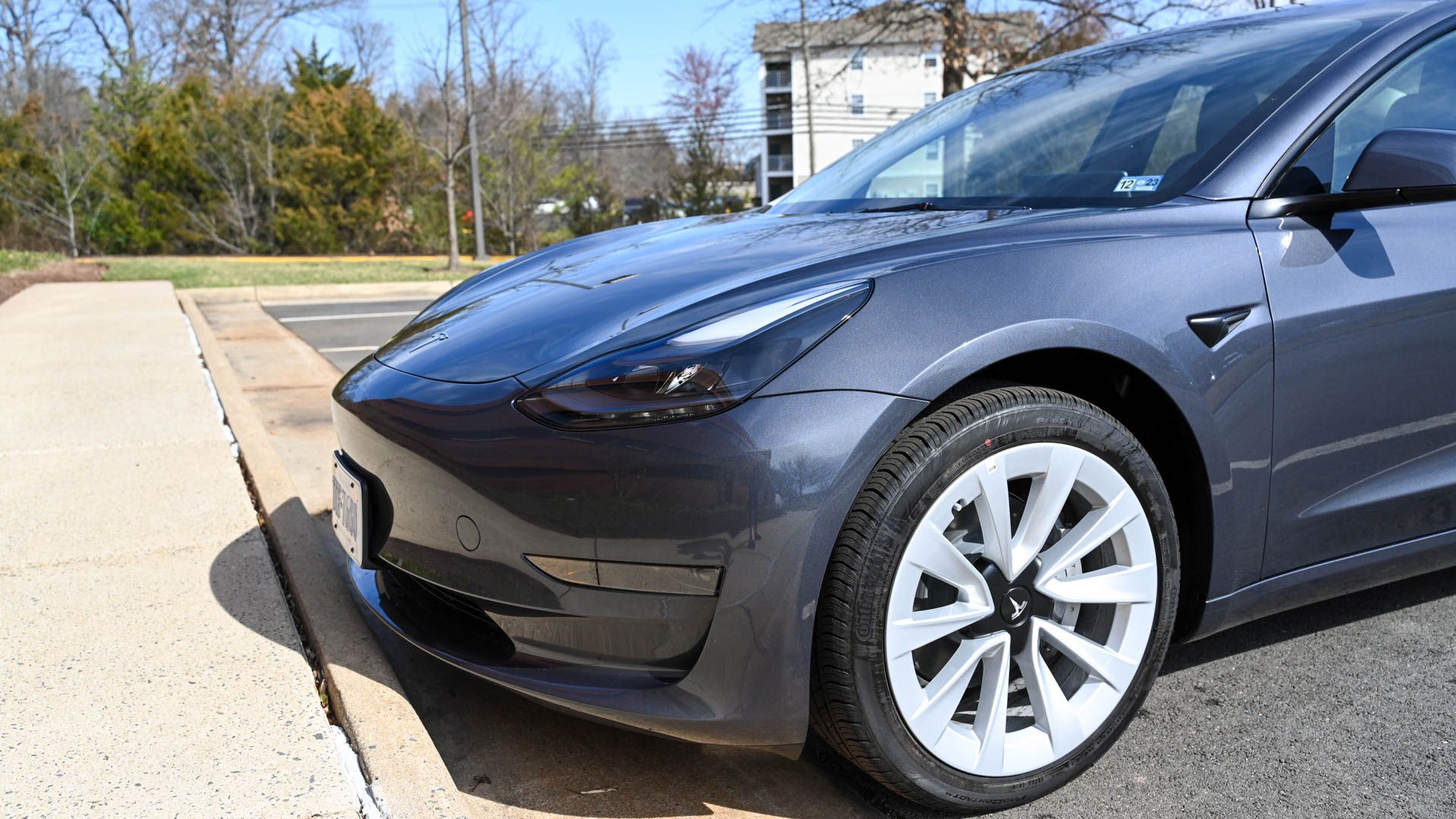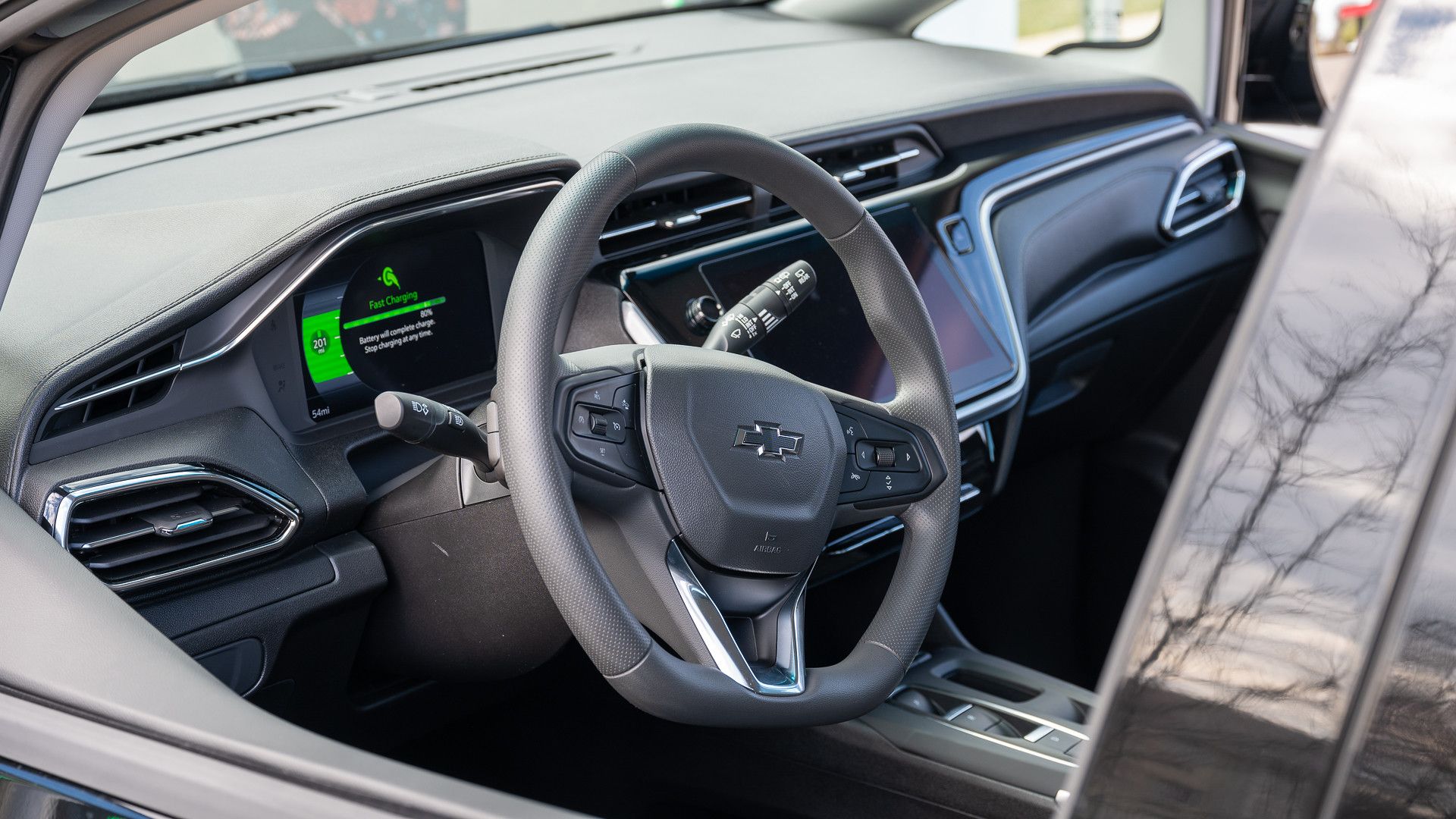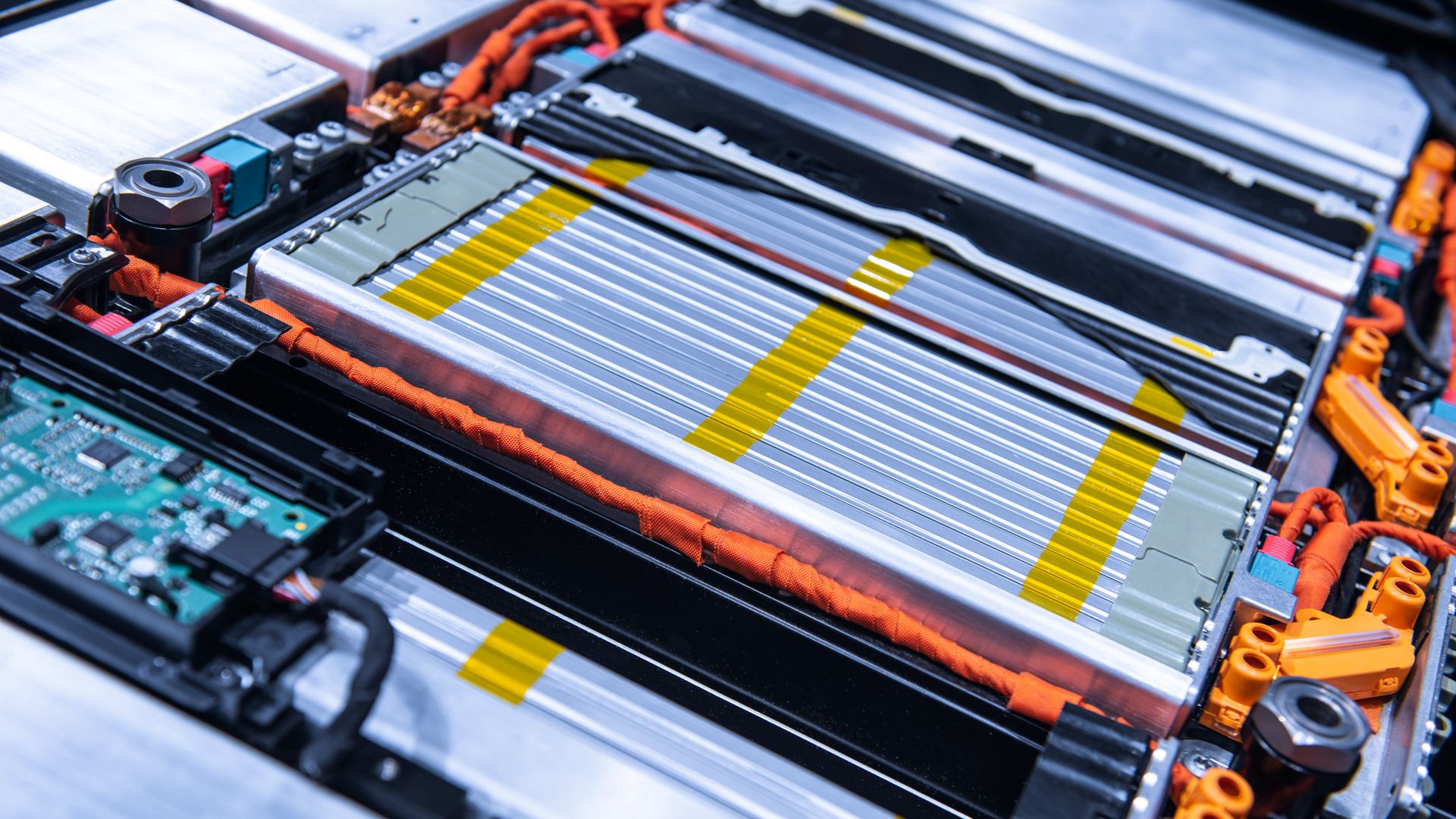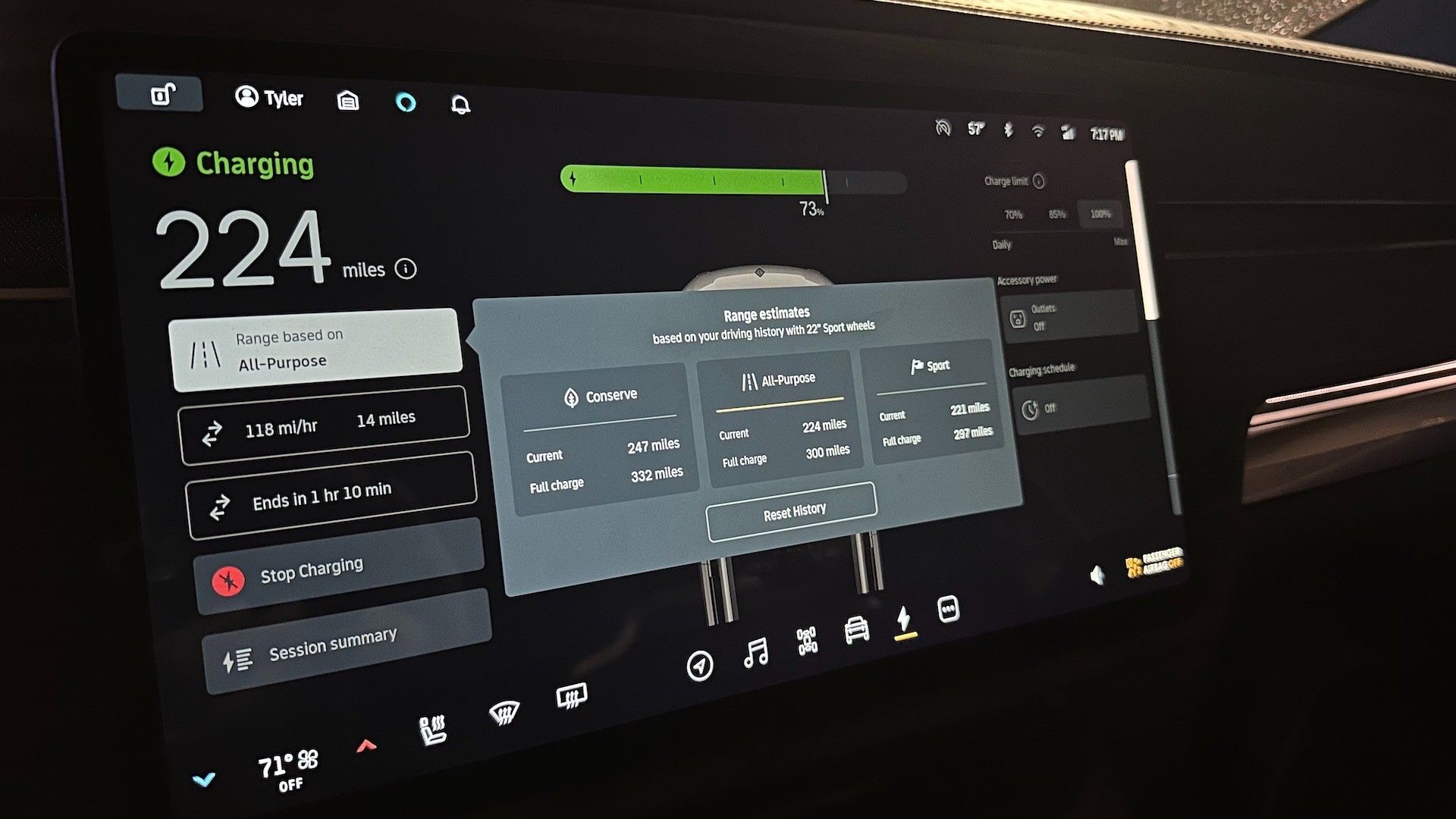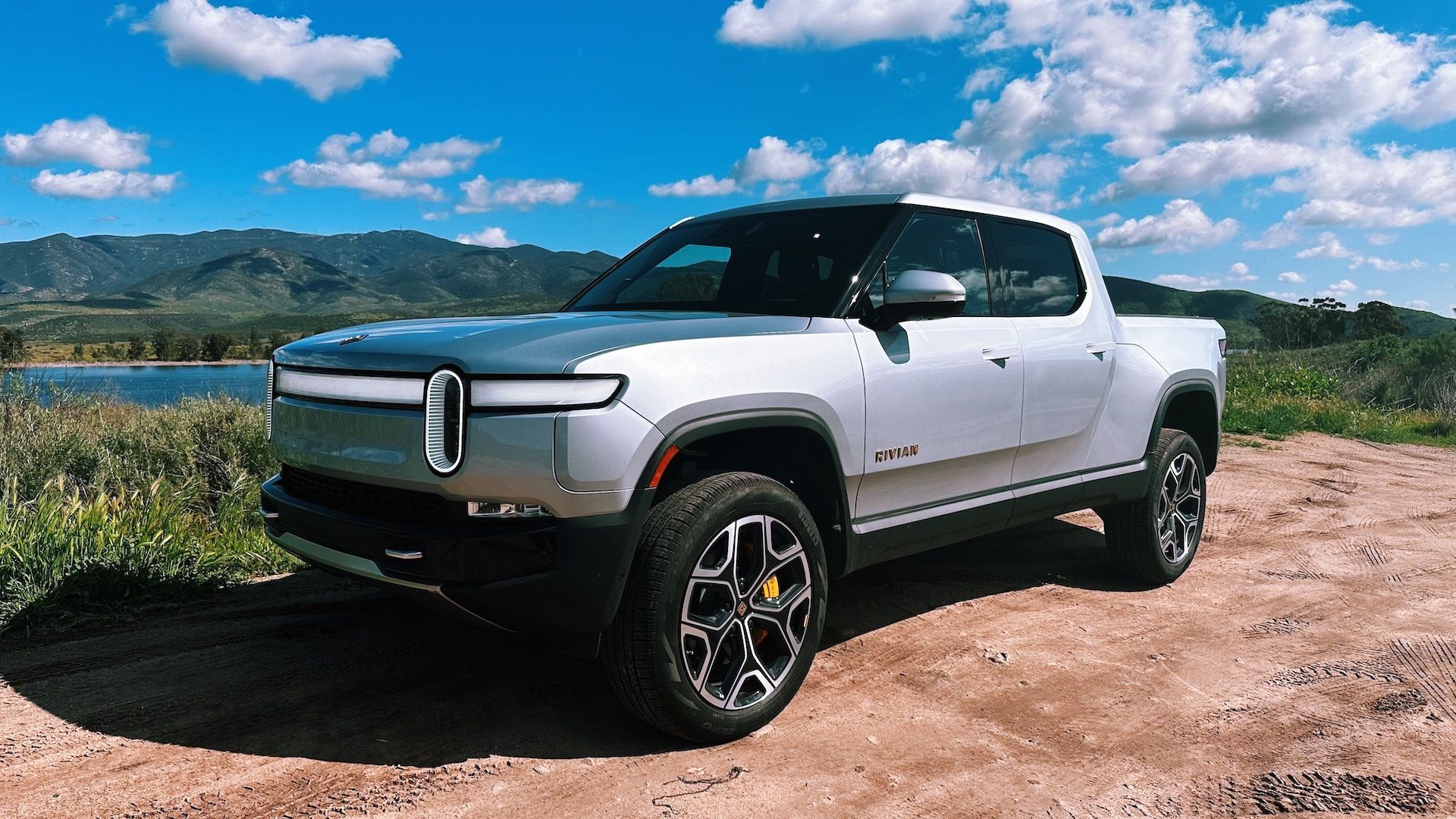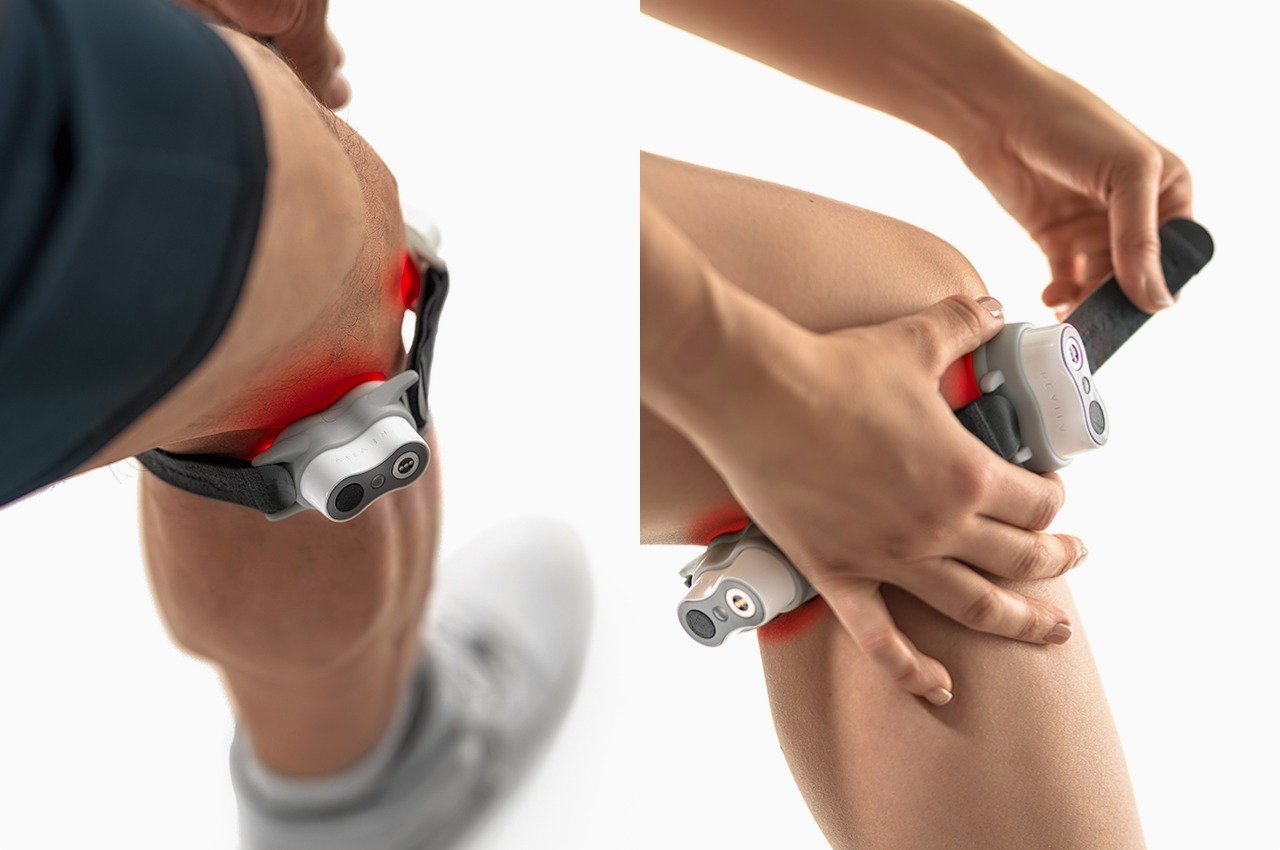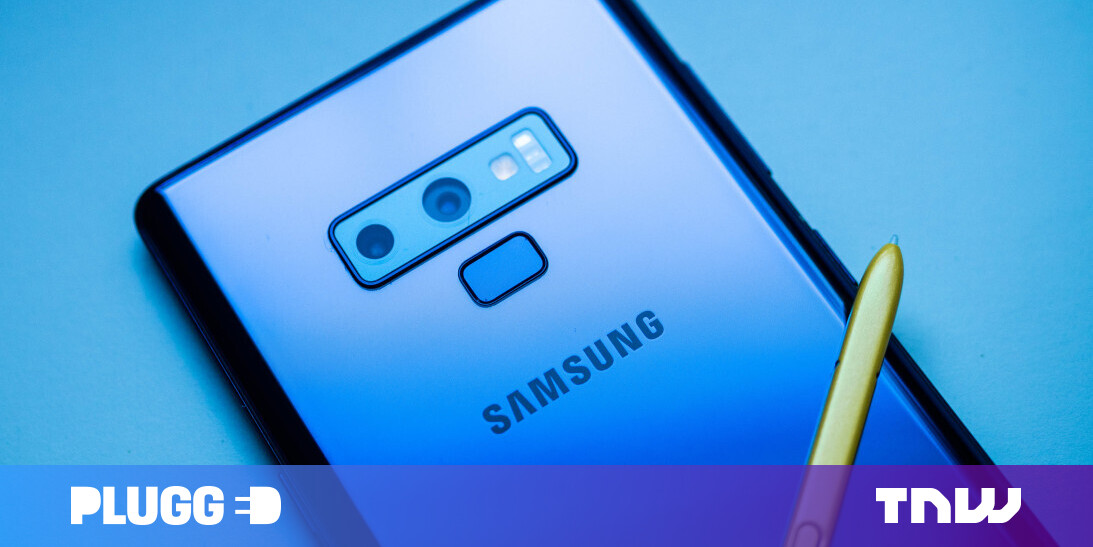#EVs Aren’t Maintenance Free, Don’t Skip These Steps
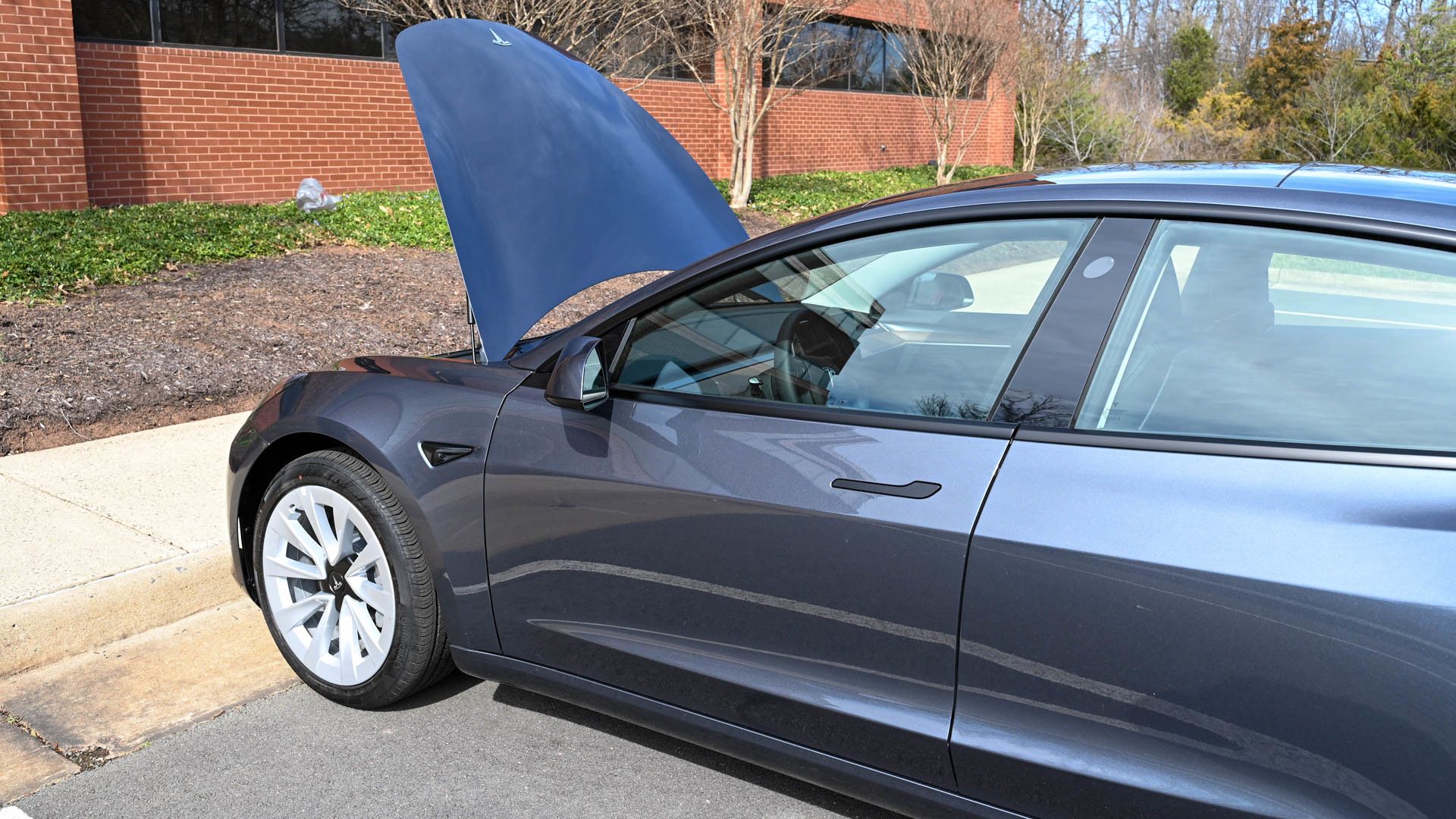
Table of Contents
Key Takeaways
- Electric cars may require less maintenance than traditional cars, but they still need regular upkeep to ensure optimal performance and longevity.
- Routine maintenance on an electic vehicle includes maintenance on brake pads, rotors, fluids, tire rotation, and cabin air filters.
- Additionally, Battery health and coolant should be monitored to preserve the most essential component of an electric car. Regular software and app updates are also important for optimal performance and features.
Owning an EV has several benefits, from saving money at the gas pump to skipping frequent oil changes, but just because electric cars require less maintenance doesn’t mean you can forget about it entirely.
EVs are far from maintenance-free, and you’ll want to stay on top of several aspects to ensure the best performance, range, driving experience, and longevity. According to the Department of Energy, not only is it easier to own an EV, but you’ll save nearly 40% in maintenance. A large part of that is the 20+ commonly serviced parts and components of a regular internal combustion engine (ICE) that electric cars don’t have. I’m talking about spark plugs, oil filters, O2 sensors, catalytic converters, and more.
You don’t have to worry about drive belts and oil changes, but you will want to keep up on tire rotations, brakes, air filters, battery maintenance, and all those software updates. Here’s what you need to know.
Brake Pads, Rotors, and Fluids
Even though electric cars do most of their stopping thanks to regenerative braking, which reverses the electric motors to slow down a vehicle (while capturing the energy and turning it into battery power), they still have the same brake pads, rotors, and fluids as other cars.
The brake pads and rotors won’t experience anywhere near the type of wear and tear as ICE cars, but that also means some EV owners may forget about such an important maintenance step. The amount driven, the level of regen braking you use, and your driving and braking habits will all affect how often you’ll need to maintain the brake systems.
Not all EVs have the same levels of regenerative braking, and some people drive more aggressively than others, meaning your results will vary. You’ll want to check your owner’s manual and follow all manufacturer guidelines for brake pads, rotors, and brake fluid. Remember that unless you’re changing the brake pads, which requires bleeding the hydraulic brake system after, you shouldn’t have to deal with brake fluids too often unless there’s a leak or other problems. Brake fluid does absorb moisture over time and loses some viscosity, so again, check the manual for suggested flush intervals.
Tire Rotation and Maintenance
New tires are one of the most expensive aspects of EV ownership, but that’s no different from any other vehicle. On my gas-powered truck, I rotate the tires myself after every other oil change, but I’m probably in the minority here. With an EV, you won’t be taking your vehicle into the dealership or quick lube for an occasional oil change or tune-up, which is when most people rotate their tires. As a result, it’s a task that’s easy to forget or overlook, but it’ll cost you in the long run.
It’s recommended that most owners rotate tires roughly every 7,000 to 8,000 miles for optimal performance and wear patterns. Electric cars are heavier than most thanks to huge battery packs, plus many models on the street have insane levels of torque. That’s why EVs need special tires, and you’ll want to ensure yours last as long as possible by keeping up on rotations.
While I’m on the subject of wheels and tires, you’ll also want to pay close attention to your tire pressure. Electric vehicles are far more efficient than ICE vehicles in terms of power delivery, but that also means that small things like tire pressure, tread pattern, and rolling resistance makes a huge difference to overall range. Regularly checking your tire pressure will help you achieve better mileage, not to mention slow down wear and tear from all that added weight.
Cabin Air Filters
It’s not exclusive to EVs; most car owners forget about the cabin air filter. Not to be confused with an engine air filter, which EVs don’t have, I’m talking about the small cabin interior air filter behind the glove box or under the dash. It filters the air being pulled in for the AC or heater and catches dust, leaves, allergens, debris, and other particulates.
Cabin air filters can start to smell a bit funky over time, not to mention get clogged and deliver reduced airflow. You should typically replace the air filter every 20,000 or 30,000 miles. Some companies, like Tesla, recommend you change the filter ever X number of years. On the Model 3, for example, they suggest swapping out the high-grade HEPA Model 3 air filter ever 2-3 years. But you should ignore time-based recommendations and swap your filters based on miles driven and conditions. Driving 50,000 miles over 3 years in the dusty American Southwest is way different from driving 20,000 miles over 2 years in a more humid environment with less dust.
Battery Health and Coolant
Similar to how engine oil is one of the most vital aspects of an internal combustion engine, the battery is the single most important bit of technology in your electric car. If there’s one area of the owner’s manual you should read, it should be the section on battery health and best practices.
Any battery will slowly degrade over time, but there are several steps owners can take to prolong the most expensive component in an EV. Like any battery, try not to let it get too hot or cold or go completely dead. Most modern EVs have several systems in place to ensure the battery never truly goes to zero, no matter what it says on the dash. Furthermore, heat pipes or coolant will ensure the battery doesn’t get too cold in the winter and keeps the hot summer months from affecting battery life or range.
Depending on which model you own, select EVs have a battery cooling system with user-replaceable coolant. If so, you’ll want to monitor those fluid levels, especially during the summer. Some electric cars also have a battery coolant filter, which you’ll want to replace as necessary. That said, many of these systems are closed loops, meaning you can’t (and shouldn’t) access them. For example, Tesla says its cooling system should last throughout the vehicle’s life. But if the owner’s manual recommends the battery coolant or filter, follow those guidelines.
Software and App Updates
Like any smartphone or computer, your electric vehicle will get software updates, bug-fixing patches, and new features through over-the-air or dealership updates. These EV software updates can increase performance, improve the infotainment display or apps, and alert you to vehicle diagnostics.
As you do (or should) on your phone, regularly check for software updates through the settings menu on your electric vehicle display. This will ensure optimal performance, the latest features, and the best driving experience. You’ll also want to do the same for companion mobile apps, like the apps from Tesla, Ford, and others.
Stay on Top of Basic EV Maintenance
Proper maintenance and a little TLC will go a long way in keeping your electric car running its best for as long as possible. And while we detailed a few vital things above, those aren’t the only things you’ll want to maintain. Others include windshield wiper blades and fluid, fuses, turn signal bulbs, wheel alignment, suspension, and occasionally replacing the 12V battery. And yes, EVs still have a regular 12V battery, only instead of being used to start the engine, it runs all your lights and accessories, along with the ECU (electronic control unit) or ECM (electronic control module) and other systems.
In closing, do as much maintenance as possible, and don’t forget about the occasional car wash to keep things looking new. If there’s any maintenance you’re not comfortable doing yourself, leave it to the professionals.
If you liked the article, do not forget to share it with your friends. Follow us on Google News too, click on the star and choose us from your favorites.
For forums sites go to Forum.BuradaBiliyorum.Com
If you want to read more like this article, you can visit our Technology category.
